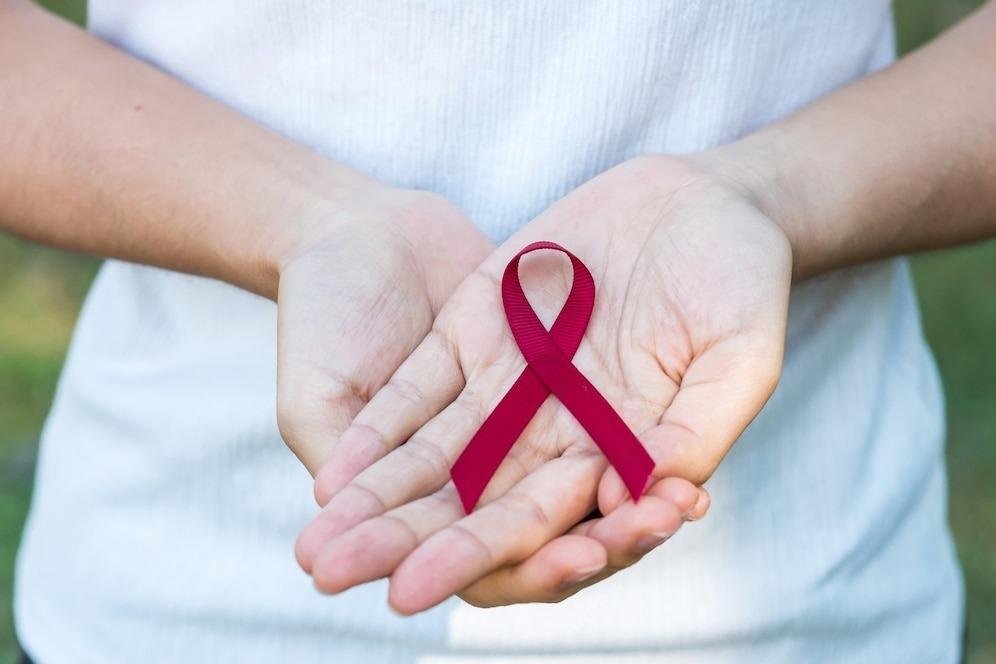Multiple myeloma is a type of blood cancer that impacts plasma cells, leading to serious health challenges. Treatment for multiple myeloma has significantly advanced, though its success largely depends on various key factors. Myeloma risk factors like age, genetic mutations, and overall health can significantly influence the effectiveness of treatment. This article discusses how these factors affect outcomes and why understanding them is crucial to improving cancer treatment success rates.
Myeloma Risk Factors
Myeloma risk factors are variables that either increase the likelihood of developing multiple myeloma or influence its progression. Age is one of the most common risk factors, as most cases occur in people over 60. Other factors include genetic abnormalities, exposure to certain chemicals, and family history. Each of these elements can change the course of treatment, making some approaches more or less effective.
Age and Treatment Outcomes
Age significantly affects how well a patient responds to cancer treatment. Older patients may have a harder time with aggressive therapies like chemotherapy or stem cell transplants. As the immune system weakens with age, older patients might also face higher risks of complications, making it essential for doctors to tailor treatments based on the patient’s overall health. This risk factor emphasises the importance of personalised treatment plans to improve success rates.
Genetic Factors and Their Impact
Genetic mutations are another important risk factor that can directly affect treatment success. Specific mutations, such as those in the TP53 gene or abnormalities like del(17p), are associated with poorer outcomes. These genetic changes can make the disease more aggressive, requiring doctors to adjust their treatment strategies accordingly. Advances in targeted therapies and precision medicine are helping doctors address these high-risk genetic factors, leading to better results in some cases.
Overall Health and Comorbidities
Patients with other health conditions, such as diabetes or heart disease, are at a greater risk of complications during treatment. These comorbidities often limit the types of therapies that can be safely used. For example, a person with weakened heart function may not tolerate certain chemotherapy drugs. Therefore, risk factors related to overall health must be carefully considered to ensure the treatment plan minimises risks and maximises benefits.
How Risk Factors Influence Treatment Choices?
A combination of risk factors will often dictate the choice of treatment. For low-risk patients, standard options like chemotherapy or stem cell transplants may be effective. However, those with high-risk factors may require more advanced treatments, such as immunotherapy or CAR-T cell therapy, which are designed to target specific characteristics of the cancer. Understanding these risk factors allows healthcare providers to customise treatment plans that offer the best chances of success.
Conclusion
Understanding myeloma risk factors is key to improving the success of multiple myeloma treatment. Age, genetics, and overall health all play a role in determining the success of treatment. By personalising treatment plans based on these risk factors, doctors can increase survival rates and enhance the quality of life for patients. As research advances, the impact of these factors on outcomes will become more manageable, offering hope for those affected by this challenging condition.




